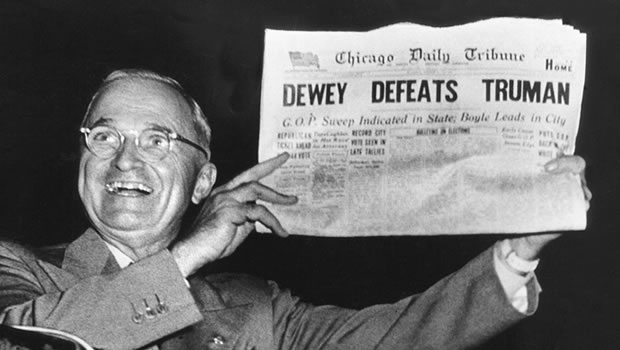 Sooner or later, a reporter will make a mistake when writing about your organization. Mistakes may have become more frequent as newsroom staff reductions increase journalists’ workloads and digital publishing puts even more pressure on writers to be the first to publish online.
Sooner or later, a reporter will make a mistake when writing about your organization. Mistakes may have become more frequent as newsroom staff reductions increase journalists’ workloads and digital publishing puts even more pressure on writers to be the first to publish online.
Many mistakes are never corrected. A Nieman study of 10 daily newspapers found that 97 percent of mistakes went uncorrected. People often don’t complain because they believe the mistakes won’t be corrected. In today’s media landscape with multitudes of online outlets, PR may not realize when a news source, blog or commercial website has committed an error about their organization. A media monitoring service can solve that problem by alerting PR when their company is mentioned.
Here’s advice on correcting errors, a delicate but necessary job for PR.
Remain calm. PR pros who maintain a calm, reasonable and professional demeanor when pointing out errors will likely maintain a good relationship with the journalist.
“We all hate to admit that we make mistakes, so approach the situation without any hint of ego or anger and focus on the building of trust between you and the journalist, who you may need to work with again,” says Jamar Hamilton of HLT Consulting
Keep it simple. Work with the journalist to keep the correction simple. Write the correction in a simple, easy-to-understand manner, Hamilton says.
Media relations expert Peter Panepento, principal of Panepento Strategies, offers advice on how to correct mistakes in publications in an article in Nonprofit Marketing Guide. Although geared to nonprofits, the advice also applies to for-profit businesses. The nature of mistakes, he says, dictates how to handle the mishap.
Request a correction. If the mistake is an unambiguous factual error, such as a wrong number or name, politely request that the reporter print a correction and update the online version. Most reporters strive for accuracy and will agree to the request. In the unlikely event they don’t agree to correct an obvious error, contact their editor. Major newspapers print corrections of factual mistakes most every day; some of the corrections are quite trivial, but the papers are committed to accuracy.
Errors of Omissions
Present your viewpoint. Some mistakes are errors of omission rather than actual mistakes. Perhaps the reporter on deadline lacked time to seek your side of the issue before deadline or simply wanted to post the story online immediately. In these cases, reach out to the reporter to present your viewpoint. Suggest a follow-up story. Even if reporters don’t immediately write a follow-up, presenting your side can provide them information and sources for their next article on the issue. Make it clear that your organization is a resource to them. Consider submitting your own piece, such as an op-ed piece or letter to the editor.
One-Sided Attacks
Some websites and other outlets are clearly partisan, biased and uninterested in including opposing beliefs. Don’t expect them to make corrections or include your viewpoint. Posting a comment or agreeing to an interview may not always be advisable.
In these cases, provide the correct information and present your perspective in your owned media. While the Internet enables mistaken beliefs to spread and survive, it also allows nonprofits and for-profit companies to publish their own viewpoints without editing or interpretation.
Bottom Line: Correcting journalists’ mistakes and omissions requires both civility and assertiveness. When publications commit errors or omit important viewpoints it is incumbent on affected organizations to request corrections or follow-up stories, or to counter misleading information in their owned media accounts. These tips will help you accomplish those tasks.
William J. Comcowich founded and served as CEO of CyberAlert LLC, the predecessor of Glean.info. He is currently serving as Interim CEO and member of the Board of Directors. Glean.info provides customized media monitoring, media measurement and analytics solutions across all types of traditional and social media.




